Q. Many of your articles talk about the depth of the water when watering. Having the drips on top of the ground can make it hard to get the water to the desired depth. If you want watering at 12″, what is your opinion of putting a piece of plastic pipe to that depth, then just put the drip line down the pipe so it drips at 12″! If you are worried about spreading the water out, you could always put a larger pipe or plastic junction box at the bottom.
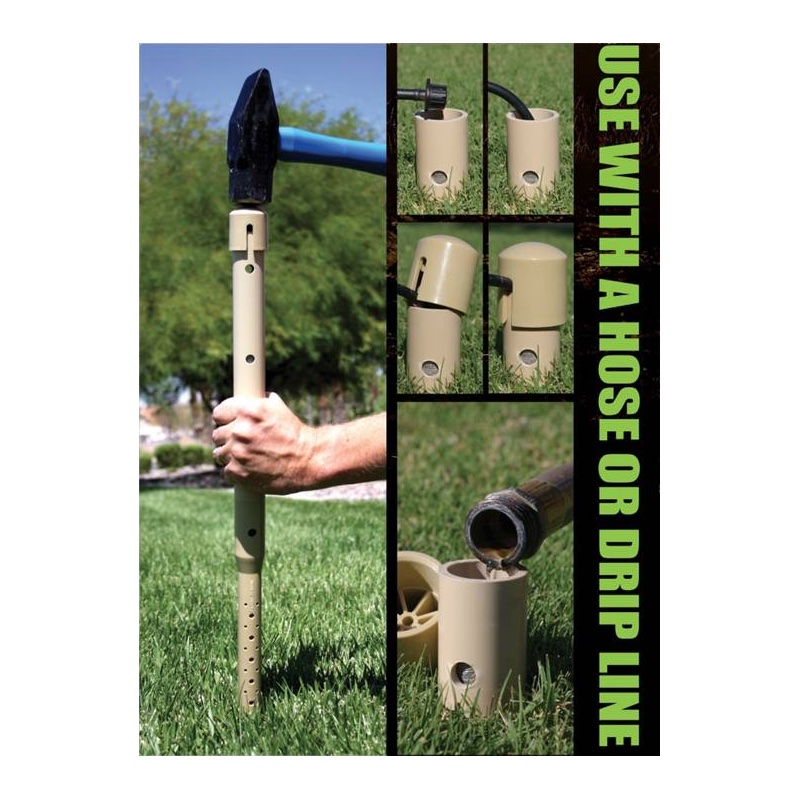
A. It does not change how much water it needs. The surface 3 to 4 inches of surface mulch nearly eliminates evaporation from the soil (the E part of ET). I would not use any devices that divert water deeper. It just costs money and adds to the watering confusion. It will need the same amount regardless.
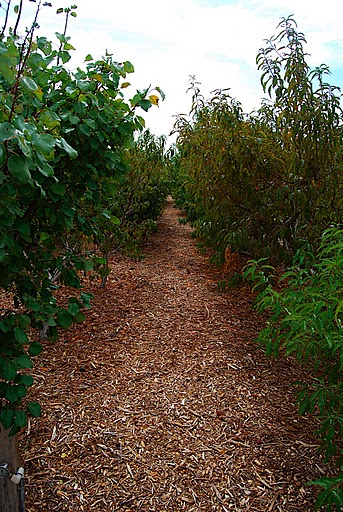
Most plants rely on water that fills the soil from “top to bottom”. The depth of applied water depends on the height of the tree. Generally speaking, small trees (less than 20 feet in height) require less water than large trees (more than 40 feet tall).
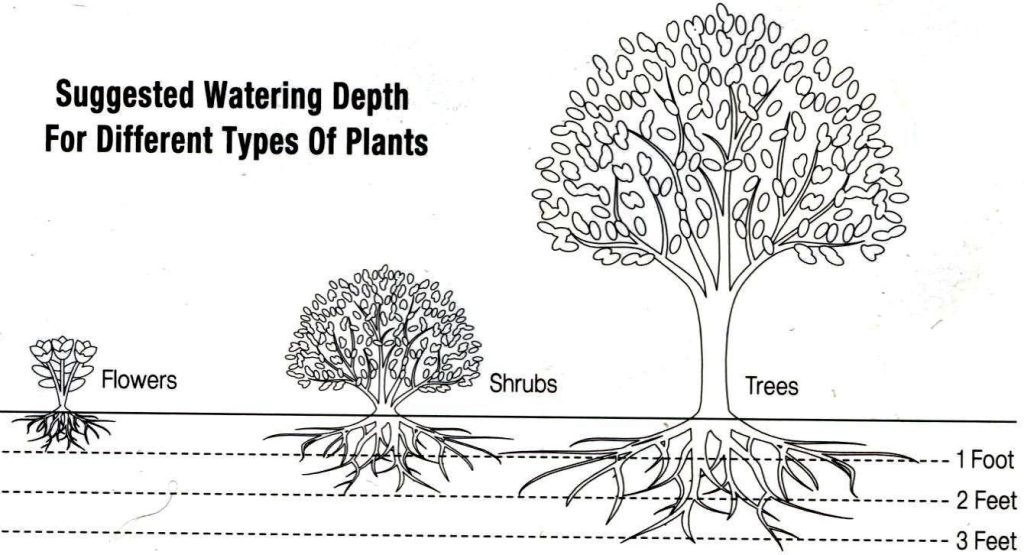
Did you ever hear of the 40-30-20-10 rule in a landscape? Landscape plant roots range from about 12 inches to three feet deep. The taller the plant, the deeper its roots. Divide landscape plant roots into four equal parts (quartiles). The quartile closest to the soil surface uses about 40% of the applied water, the next quartile uses about 30%, the next uses about 20% and the last quartile uses about 10% of the applied water.
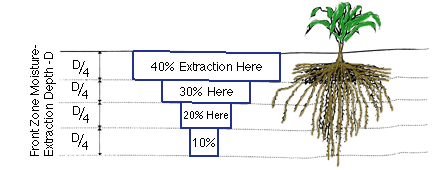
Quartiles are human inventions. As water in this 40% quartile becomes more difficult to extract, the plant uses the next quartile, and the next, and finally the last. Plants don’t use any more “effort” than they need to! For nondesert plants we schedule a new irrigation when this water is about 50 to 60% gone.
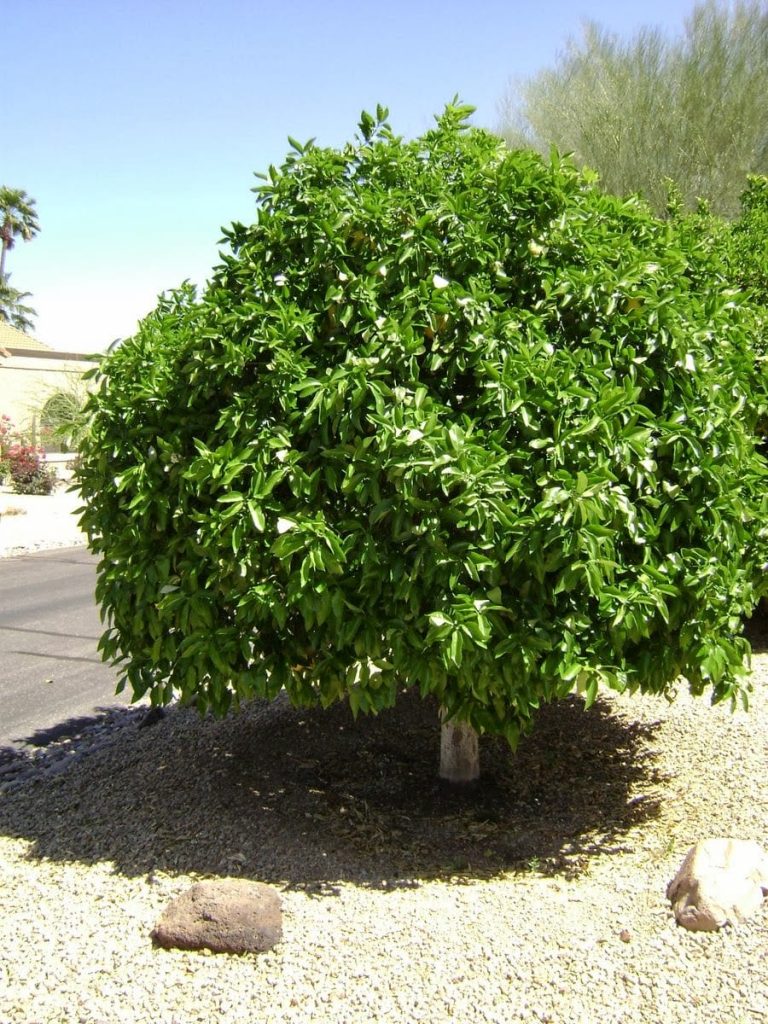
So you see, all landscape plants require water to fill the soil so that all their roots are wet from “top to bottom”. Just remember, the taller the plant the more water is applied!